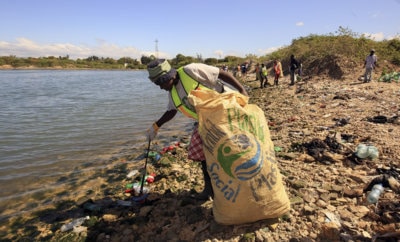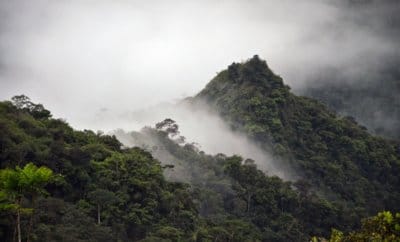Food
India Most Vulnerable to Climate Change: HSBC

Representational Image
Wikimedia Commons
Pakistan, Philippines and Bangladesh figure among countries that are most vulnerable to climate change, according to HSBC report.
India is the country that is most vulnerable to climate change, followed by Pakistan, the Philippines and Bangladesh, according to a report by HSBC released on March 19. The Indian subcontinent has become the most vulnerable to climate change, it said.
The Hong Kong-based global bank conducted a survey of 67 developed, emerging and frontier markets on vulnerability to the physical impacts of climate change, sensitivity to extreme weather events, exposure to energy transition risks and ability to respond to climate change.
The countries studied account for 80 per cent of the global population and 94 per cent of global gross domestic product.
Neighboring Pakistan has also tanked in its response to climate risks. Countries in South and Southeast Asia make up half of the 10 most vulnerable countries. Oman, Sri Lanka, Colombia, Mexico, Kenya and South Africa are also in this group.
The five least vulnerable countries to climate change risk are Finland, Sweden, Norway, Estonia and New Zealand.
The areas that are unirrigated and dependent on rain would be hardest hit by rising temperatures and decline in rainfall, the HSBC report said.
Among the four most vulnerable countries, India has said in its Economic Survey that climate change can hurt agriculture and hurt farmers’ income by 20-25 per cent in the medium term.
In India, agriculture still accounts for 50 per cent of the country’s employment and 18 per cent of its GDP. India also has a high rate of farmer suicides. In the last three decades, almost 60,000 farmers committed suicide and it has a relation to climate change, according to a study by the University of Berkeley, California that was published in July 2017. The study found that increase of just 1C on an average day during the growing season was associated with 67 more suicides in India. An increase of 5C on any one day was associated with an additional 335 deaths.
The bank’s survey reiterates something known to India already. Under the Paris Agreement, India agreed to reduce the emissions intensity of its GDP by 33 to 35 per cent by 2030 from the 2005 level, Neelu Gera, the deputy director general (Research) at the Indian Council of Forestry Research and Education (ICFRE), said during an event in Dehradun on Feb. 20, according to the Pioneer. India also committed to create an additional carbon sink of 2.5 to 3 billion tonnes of CO2 equivalent through additional forest and tree cover by 2030.




You must be logged in to post a comment Login